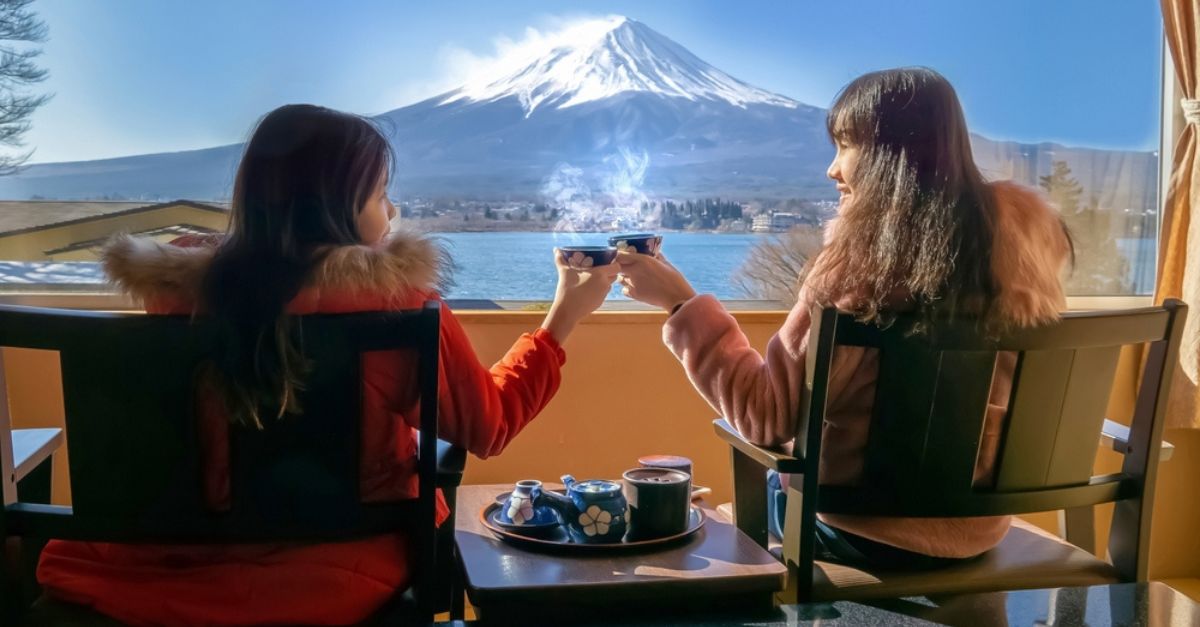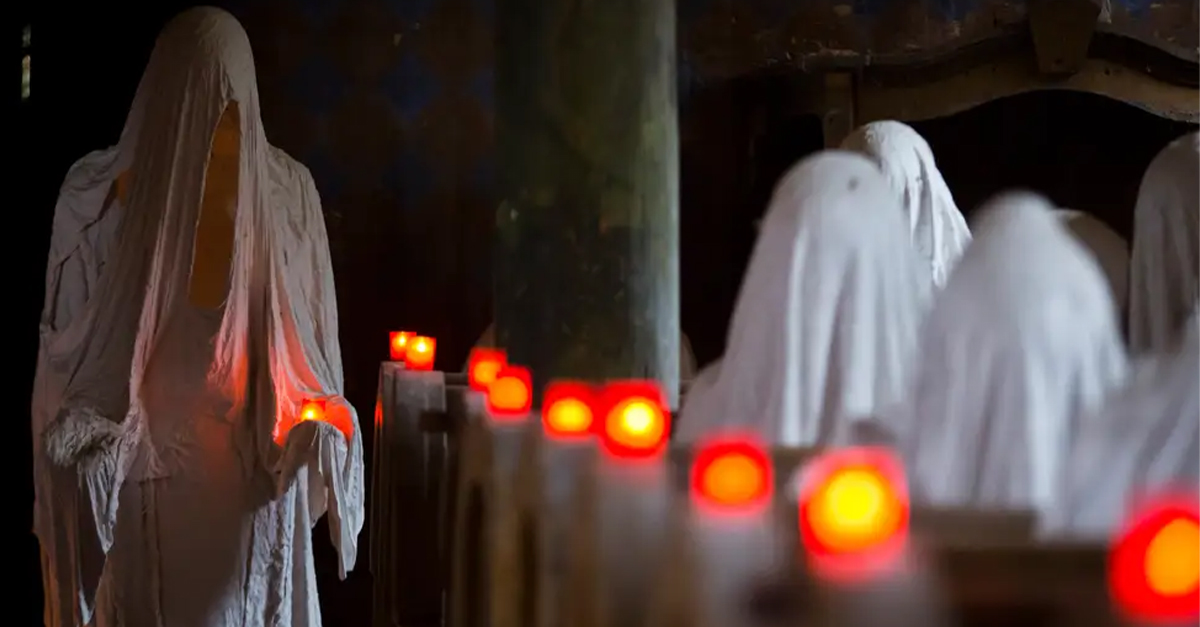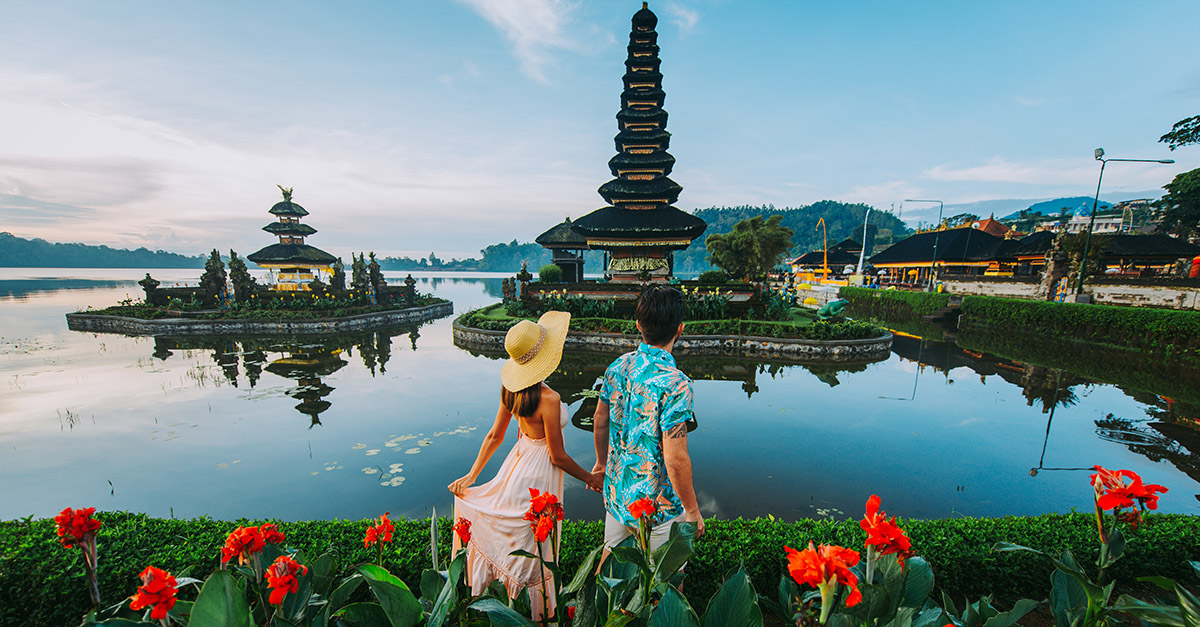Discovering Japan's Unique Approach To Winter Comfort
When winter descends, the Japanese combat the cold with mindfulness and purpose. Unlike the hustle of American life, where rapid solutions like blasting central heating reign supreme, Japanese traditions embrace a slower, more thoughtful rhythm.
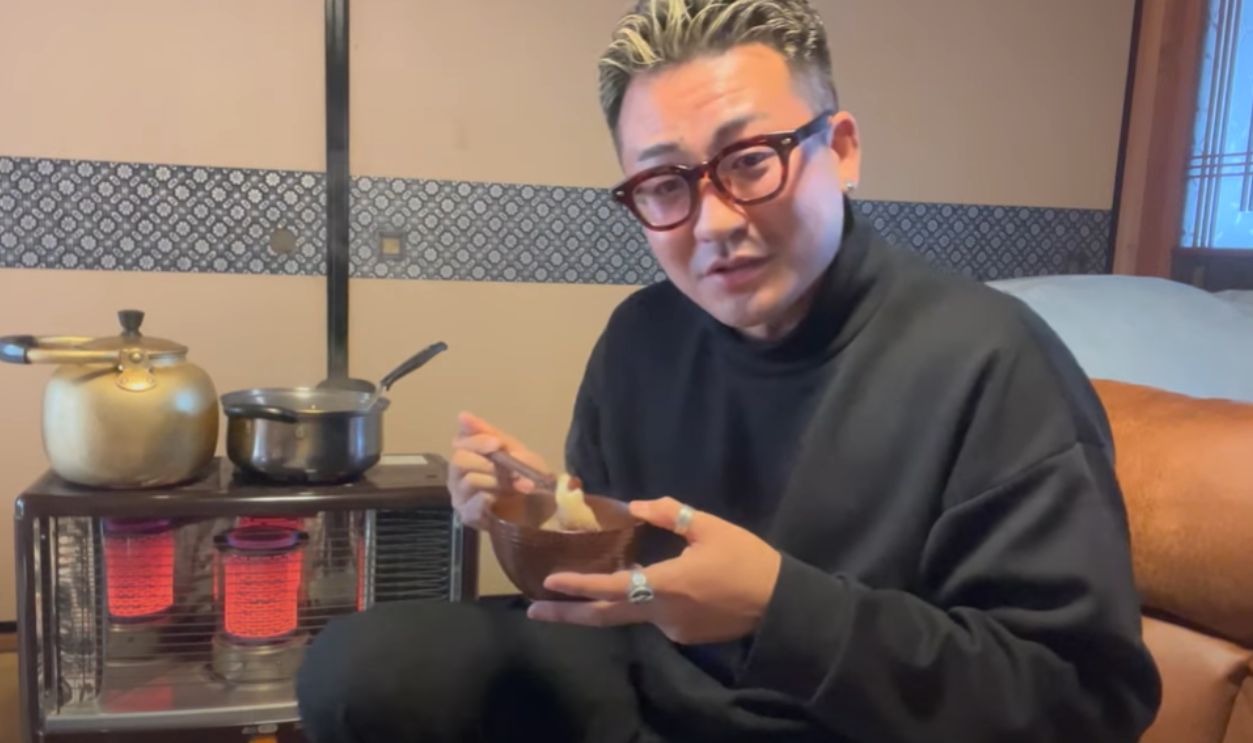
Gathering Around A Kotatsu
A kotatsu is a low wooden table draped with a heavy blanket, with a heat source—originally charcoal, now electric—underneath. Families gather around it while tucking their legs beneath the blanket to share its warmth. This tradition reflects Japan's emphasis on shared living and efficient energy use.
The Art Of Koromogae
The Japanese practice of koromogae involves the seasonal changing and layering of clothing to adapt to temperature variations. Layering is a common strategy in many cultures, but the ritualistic aspect of koromogae—often observed in schools and businesses—highlights a cultural mindfulness.
Savoring A Family Oden
Oden is a traditional Japanese hot pot dish enjoyed during the colder months. It consists of various ingredients such as boiled eggs, daikon radish, konnyaku, and fish cakes simmered in a light, soy-flavored dashi broth. This communal meal is often shared among family and friends.
 Froggieboy, CC BY-SA 4.0, Wikimedia Commons
Froggieboy, CC BY-SA 4.0, Wikimedia Commons
Wearing Masks For Warmth And Wellness
In Japan, wearing masks during winter serves dual purposes: protecting against cold air and preventing the spread of illnesses. While mask-wearing has become more common globally due to recent health concerns, in Japan, it has long been a culturally ingrained habit during colder months.
Keeping Beverages Warm
Although mug warmers are available in the US, they're more common in Japan. People in Japan usually bring their lunch to work, so they're fond of products that would maintain the warmth of their tea and coffee.
 TimeImage Production, Shutterstock
TimeImage Production, Shutterstock
Using The Eco-Friendly Yutanpo
Typically made of metal or plastic, the yutanpo is a classic Japanese hot water bottle. You fill it with hot water and place it in bedding to warm it before sleep. People love it because it's portable and quite easy to use.
 Picopon, CC BY-SA 3.0, Wikimedia Commons
Picopon, CC BY-SA 3.0, Wikimedia Commons
Enjoy Personalized Warmth With Electric Blankets
While the yutanpo keeps the bed warm, some Japanese people have embraced technology and now use electric blankets. They come in all shapes and sizes to provide individualized warmth during the cold months. These blankets allow users to adjust the temperature to their preference for personal comfort.
Vending Machines For Hot Drinks And Snacks
Japan's ubiquitous vending machines offer a variety of hot beverages and snacks to provide convenient warmth to passersby during the cold season. While vending machines exist in the US, the extensive variety and availability of hot options in Japan are unparalleled.
 Sean Kimmons, U.S. Army Garrison Japan Public Affairs, Wikimedia Commons
Sean Kimmons, U.S. Army Garrison Japan Public Affairs, Wikimedia Commons
Heading To Communal Hot Spring Baths
Onsens are natural hot spring baths that have been integral to Japanese culture for centuries. Bathing in an onsen during winter offers relaxation and warmth. There are more than 27,000 hot spring baths in Japan, and this tradition highlights Japan's connection to nature and communal practices.
 Fumiaki Yoshimatsu, CC BY-SA 2.0, Wikimedia Commons
Fumiaki Yoshimatsu, CC BY-SA 2.0, Wikimedia Commons
A Sunken Warmth With A Horigotatsu
Originating from traditional Japanese architecture, the horigotatsu features a recessed floor beneath a heated table to allow individuals to sit with their legs comfortably dangling in the heated space. While the kotatsu sits on the floor's surface, the horigotatsu's sunken design offers a different seating experience.
 How to Make a Japanese Kotatsu Heated Table by FamVestor
How to Make a Japanese Kotatsu Heated Table by FamVestor
Drinking Amazake
Rice is an integral culinary component in Japan, and during winter, the Amazake, or sweet rice drink, takes the lead. Low in alcohol or non-alcoholic, it's commonly served at winter festivals and is believed to promote health and vitality.
 emily_harbour_in_july, CC BY 2.0, Wikimedia Commons
emily_harbour_in_july, CC BY 2.0, Wikimedia Commons
Futon Warmers Create Cozy Bedding
Another way to keep your bed toasty is using the futon warmers. These devices release hot air into the futon, a Japanese-style bedding, to keep it snug. Warmers ensure a warm and comfortable sleep without the need to heat the entire room.
 David McKelvey, CC BY 2.0, Wikimedia Commons
David McKelvey, CC BY 2.0, Wikimedia Commons
Kairo Packs For Portable Warmth
Staying comfy outside can be a challenge, but Kairo packs save the day. They're single-use, self-heating packs that provide warmth for several hours. Activated by exposure to air, they are placed in pockets or adhered to clothing for targeted heat during cold outings.
 How to use KAIRO Japanese pocket-size warmer by Japanese Culture
How to use KAIRO Japanese pocket-size warmer by Japanese Culture
Nighttime Comfort With Sleep Masks
The Japanese people are all about prioritizing comfort. Nothing feels more soothing than a warm sleep mask, which helps you sleep soundly regardless of the chill. The warmth helps relax your eyes for good sleep all night long.
 【Japanese Souvenir】 Magic Item, Steamy Hot Eye Mask Takes You to Deep Sleep by Do you know JAPAN?
【Japanese Souvenir】 Magic Item, Steamy Hot Eye Mask Takes You to Deep Sleep by Do you know JAPAN?
Toilet Comfort In The Cold
Touching a cold toilet seat can be tormenting in freezing temperatures. However, heated toilet seats are a common feature in private Japanese households and even some public areas. It's another nod to the Japanese attention to detail and pursuit of comfort in daily life.
 Warm Toilet Seats in Japan by Dave Gordon (daveoCat)
Warm Toilet Seats in Japan by Dave Gordon (daveoCat)
Indulging In A Hearty Hot Pot
Sukiyaki is a popular Japanese dish that is enjoyed during winter. It involves cooking thinly sliced beef, tofu, vegetables, and noodles in a shallow iron pot filled with a sweet and savory soy-based broth. The ingredients are typically dipped in raw beaten egg before eating to add a rich flavor.
 How To Make Sukiyaki (Recipe) すき焼きの作り方 (レシピ) by Just One Cookbook
How To Make Sukiyaki (Recipe) すき焼きの作り方 (レシピ) by Just One Cookbook
Room Socks For Indoor Warmth
To combat the cold indoors, many Japanese wear room socks, which are thick, fluffy socks designed for indoor use. These socks provide extra warmth in homes that may lack central heating, but people rarely or never wear them outside with their boots.
Using Kerosene Stoves
Kerosene stoves are used in Japanese homes to provide localized heating during winter months. These portable heaters allow residents to warm specific areas and conserve energy compared to whole-house heating systems typical in the US.
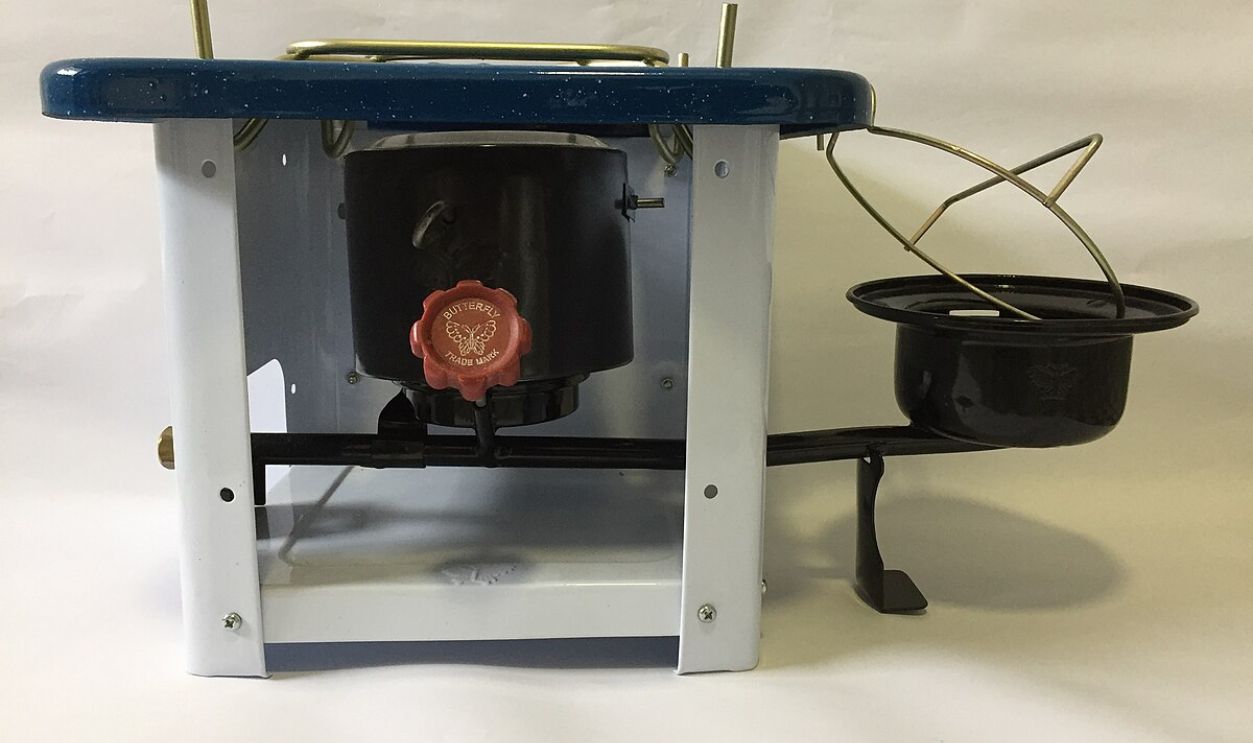 My Community Sg, CC BY-SA 4.0, Wikimedia Commons
My Community Sg, CC BY-SA 4.0, Wikimedia Commons
Stylish Protection With Ear Muffs
Ear muffs are popular in Japan as a fashion accessory and a practical means to shield ears from biting cold winds. They're quite common in clothing stores and online, so you'll find plenty of choices. This attention to detail in personal comfort shows Japan's blend of functionality and style.
Drinking Hot Ginger Tea
Jinja or ginger is a common ingredient in many Japanese dishes. During winter, people also enjoy shōgayu, which combines ginger with honey or sugar to provide warmth and aid circulation. Moreover, ginger is rich in antioxidants that protect the body from illnesses.
Steaming Kettles For Extra Humidity
Steaming kettles on heaters is a common Japanese practice that adds moisture to dry winter air. This method humidifies the room and provides additional warmth. In contrast, Americans often use electric humidifiers, which makes the use of steaming kettles a uniquely Japanese approach.
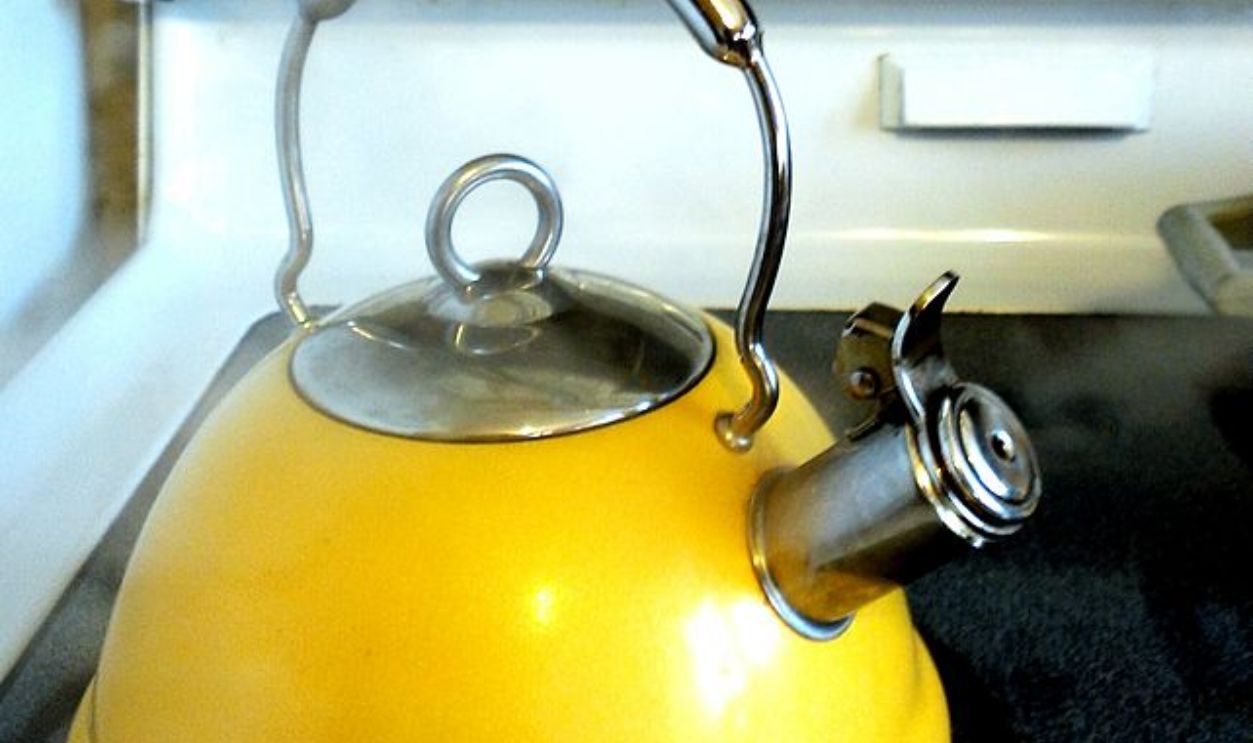 User:Ragesoss, CC BY-SA 3.0, Wikimedia Commons
User:Ragesoss, CC BY-SA 3.0, Wikimedia Commons
Utilizing Multiple Heating Devices
Japanese households often employ a combination of heating devices, including kerosene heaters, wood-burning stoves, electric heaters, and gas heaters, to efficiently warm specific areas. This method allows for targeted heating to conserve energy compared to whole-house systems common in the US.
 How to use a Japanese Kerosene Heater in 1 Minute by Get Abroad to Japan
How to use a Japanese Kerosene Heater in 1 Minute by Get Abroad to Japan
Heated Vests And Jackets
Heated apparel such as vests and jackets equipped with battery-powered heating elements are embraced for outdoor activities and commuting during winter. By integrating technology with daily life for enhanced comfort, you can survive the frosty Japanese winter.
 KEMIMOTO Men's Heated Vest: HOW GOOD IS IT? by 3 Rivers Survival
KEMIMOTO Men's Heated Vest: HOW GOOD IS IT? by 3 Rivers Survival
The Irori Or Traditional Hearth
An irori is a sunken hearth found in traditional Japanese homes, used for heating and cooking. It serves as a gathering spot, which highlights the cultural value of togetherness. Historically, the irori was essential for daily life, but today it's more common in rural areas.
 Tea By the Irori On A Snowy Day by Ryunohara
Tea By the Irori On A Snowy Day by Ryunohara
Velvet Blankets For Bedding
Instead of regular sheets, Japanese people rely on plush velvet blankets during winter for their superior warmth and comfort. By sleeping between two layers of soft velvet, people can feel cozy as the temperature drops.

